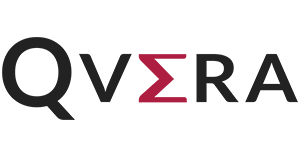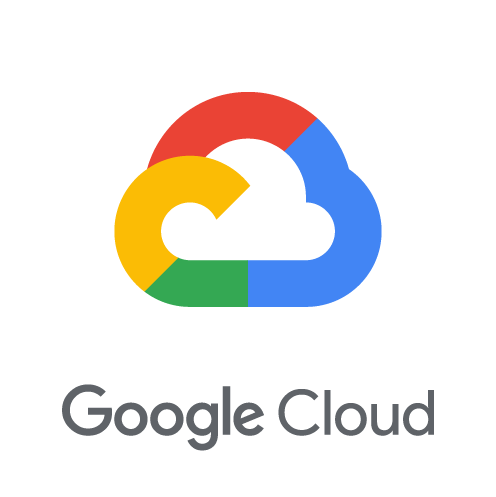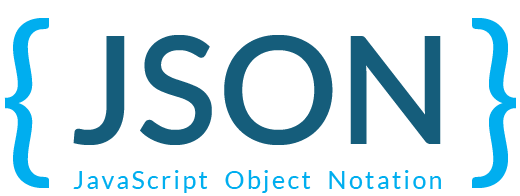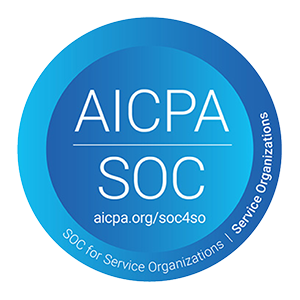The QIE Online Sandbox
The QIE Online Sandbox is a cloud-hosted deployment of the award-winning Qvera Interface Engine (QIE). Each sandbox is pre-configured with examples that demonstrate how easy it is to solve real-world interoperability challenges with QIE.
The FHIR® ‹–› CDA® Sandbox
The FHIR/CDA sandbox environment demonstrates how QIE can be configured to convert from CDA format to FHIR format and from FHIR format back to CDA format. It contains 2 sample channels:
- CDA to FHIR: This channel takes a CDA document as the inbound message and converts it to a FHIR Bundle using the CdaToFhirConverter class which is implemented in QIE as a published function
- FHIR to CDA: This channel takes a FHIR Bundle as the inbound message and converts it to a CDA document using the FhirToCdaConverter class which is implemented in QIE as a published function
The Google Healthcare API Sandbox
The Google Cloud - Healthcare API sandbox environment demonstrates how QIE can be configured to connect to, and submit data to, the Google Cloud Healthcare API. It contains 2 sample channels:
- Call Cloud API from Mapping: This channel demonstrates how to call the Google Cloud Healthcare API from a mapping node using QIE's built-in Web Service function and submit an HL7 ADT message to a Google cloud datastore
- Call Cloud API from Destination: This channel demonstrates how to call the Google Cloud Healthcare API from a destination node using QIE's built-in Web Service function and submit an HL7 ADT message to a Google cloud datastore
The JSON ‹–› HL7® Sandbox
The JSON ‹–› HL7 sandbox environment demonstrates how QIE can be configured to convert HL7 v2 messages into a JSON output format and vice versa. It contains 6 sample channels:
- HL7 to JSON: The first 3 channels demonstrate how to convert HL7 to JSON using (1) QIE's built-in 'Evaluate Template' function, (2) a 'System Variable' as the template, and (3) QIE's standard getNode() and setNode() functions. All three methods leverage QIE's support for 'Node Paths'
- JSON to HL7: The last 3 channels demonstrate how to convert JSON to HL7 using (1) QIE's built-in 'Evaluate Template' function, (2) a 'System Variable' as the template, and (3) QIE's standard getNode() and setNode() functions. All three methods leverage QIE's support for 'Node Paths'
The HL7 ‹–› CSV Sandbox
The HL7 ‹–› CSV sandbox environment demonstrates how QIE can be configured to convert HL7 v2 messages into a CSV output format. It contains 6 sample channels:
- CSV to HL7: The first 3 channels demonstrate how to convert CSV to HL7 using (1) QIE's built-in 'Evaluate Template' function, (2) a 'System Variable' as the template, and (3) QIE's standard getNode() and setNode() functions. All three methods leverage QIE's support for 'Node Paths'
- HL7 to CSV: The last 3 channels demonstrate how to convert HL7 to CSV using (1) QIE's built-in 'Evaluate Template' function, (2) a 'System Variable' as the template, and (3) QIE's standard getNode() and setNode() functions. All three methods leverage QIE's support for 'Node Paths'
